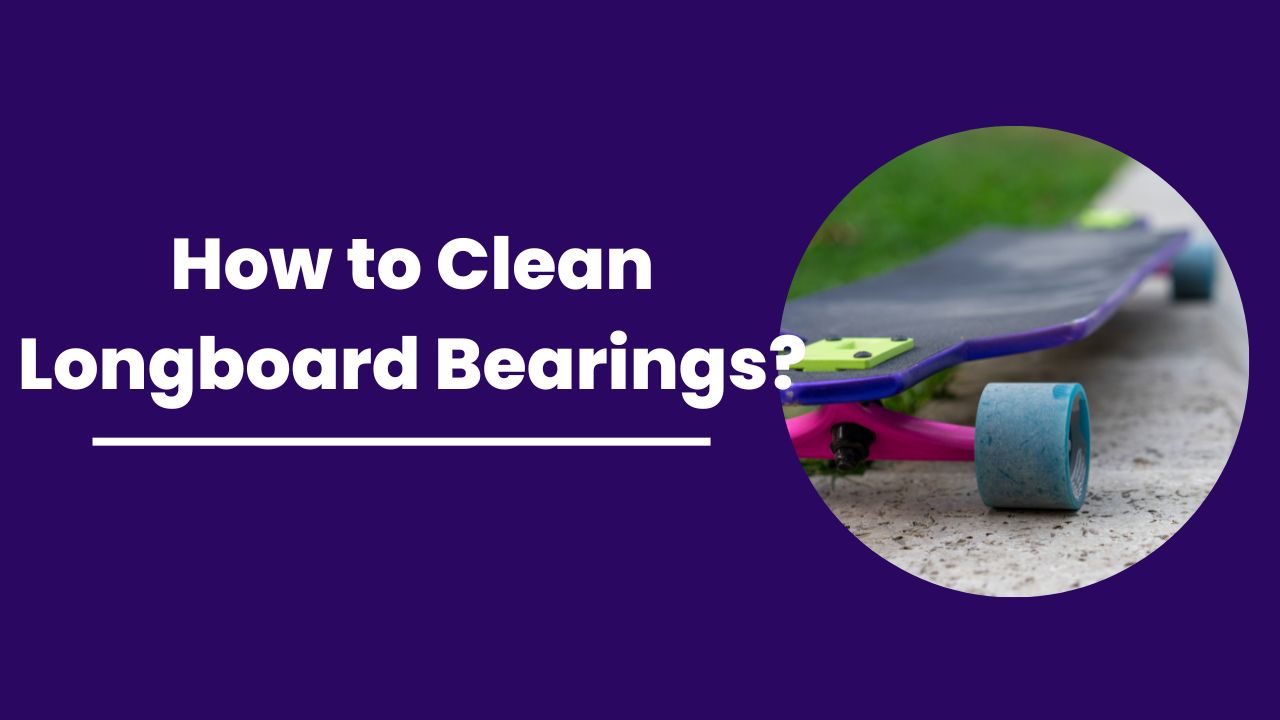Are you a fan of extreme sports? Do you love the thrill of cruising down the streets with the wind in your hair? If so, you may have found yourself torn between two popular options: longboarding and skateboarding.
Both are exciting and challenging in their ways, but which one is easier? This is a question that has been debated among adrenaline junkies for years, and today we’re going to dive in and explore it further. So, if you’re ready to find out whether longboarding or skateboarding is the easier option, keep reading!

Contents
Is Longboarding Easier Than Skateboarding?
Longboarding is generally considered easier than skateboarding for beginners due to its greater stability and ease of use.
Some advantages of longboarding include:
- Stability: Longboards are more stable because of their increased size, both in length and width, making them more forgiving of wobbles and mistakes.
- Forgiveness: Longboards are heavier and require stronger and larger pumps to work up speed, which means that beginning skaters will move more slowly and falls will be less injurious.
- Cruising: Longboards are much easier for cruising around quickly, while skateboards are not as efficient.
However, longboards do have some drawbacks, such as being less agile and responsive than standard skateboards, which can make them more challenging to manage and less ideal for learning longboard tricks.
On the other hand, skateboarding can be more difficult for beginners due to its smaller size and harder wheels, which can make it more challenging for casual riding. Skateboards are more suitable for skateparks and street riding, where the surface is hard and flat.
How hard is it to ride a longboard?
Riding a longboard can be a fun and rewarding activity, and it is generally considered easier to learn than skateboarding for beginners. However, the difficulty of longboarding depends on various factors, such as your riding style, joint mobility, and personal preferences.
Here are some aspects to consider when learning to longboard:
- Turning: Turning on a longboard is quite easy. You can practice heel edge carving, where you move your heels downward and turn to your inside, or toe edge carving, where you move your toes downward and turn to your outside.
- Joint Mobility: Joint mobility, particularly in knees, hips, and ankles, plays a role in how difficult it will be for you to start longboarding.
- Riding Style: Different riding styles, such as cruising, carving, or downhill racing, have varying levels of difficulty. Beginners should start with longer boards, which are more stable and easier to learn on.
- Practice: To become comfortable with longboarding, you need to practice regularly and work on your stance, balance, pushing, turning, and foot braking.
- Safety: Be mindful of potentially dangerous situations and take appropriate precautions, such as wearing protective gear and following safety guidelines.
Are longboards easier to use?
Longboards are generally considered easier to use, especially for beginners, due to their greater stability and ease of balance.
Some advantages of longboards include:
- Stability: Longboards are more stable because of their increased size, both in length and width, which takes more force to move along the ground.
- Forgiveness: Longboards are more forgiving of wobbles and mistakes, making them easier for beginners to learn.
- Comfort: Longboards provide a smoother ride and better stability, which can be more comfortable for riders.
- Speed: Longboards can reach higher speeds and are more efficient for cruising.
However, longboards may lack the agility and responsiveness of standard skateboards, making them more challenging to manage and less ideal for learning longboard tricks. Skateboards, on the other hand, can be more challenging for beginners to learn but may be better suited for learning tricks.
Can you go to a skatepark with a longboard?
Yes, you can go to a skatepark with a longboard. Longboarding in a skatepark is becoming more popular, and many modern skateparks have features that are suitable for longboarding.
Some important features of a longboard that will make it a good candidate for the skatepark include flex, tail, rails, bumpers, risers, and the ability to control the board’s bottom from sliding or scraping on the cement.
It is recommended to use a longboard with a kicktail to be able to kick turn out of a carve if you go too high and lose control. When learning to ride a longboard in the skatepark, it is important to start with the basics and get comfortable carving hard because that’s mostly what you’re going for
Does longboarding take skill?
Yes, longboarding takes skill. Longboarding requires balance to allow you to acquire skills like jumping and skipping on the board and learning these tricks will help you improve it even more. Longboarding can be competitive, and people have made hundreds of longboard trick combinations that you can learn and chain together for flashy skill points.
Longboarding also requires strength, flexibility, and improved balance, which are all skills that can be developed through practice. However, longboarding can be enjoyed by people of any age and skill level, and there are various longboarding disciplines, ensuring years of entertainment and fun for riders.
Read More:

